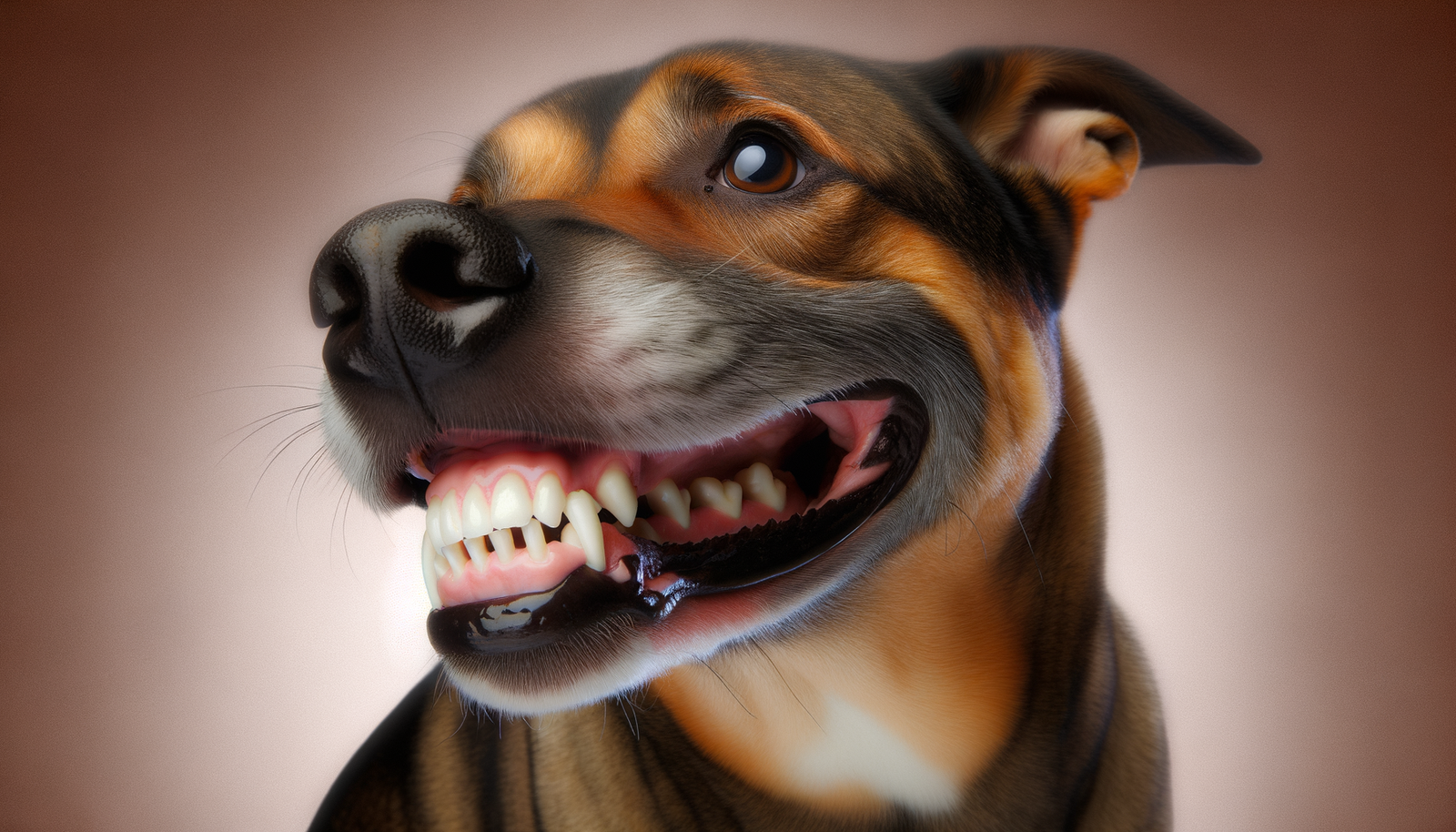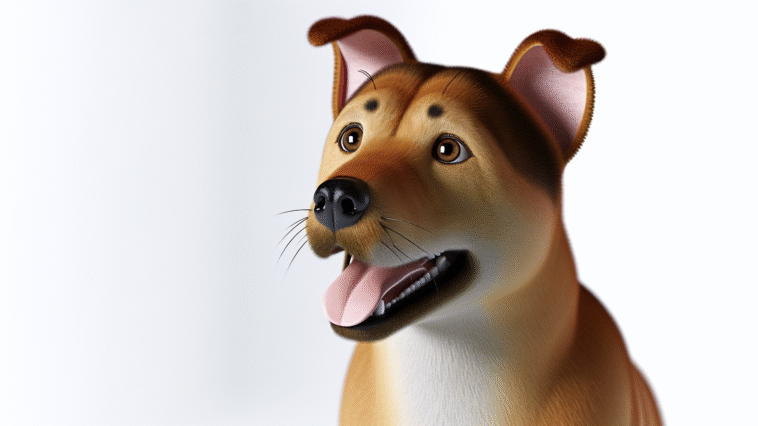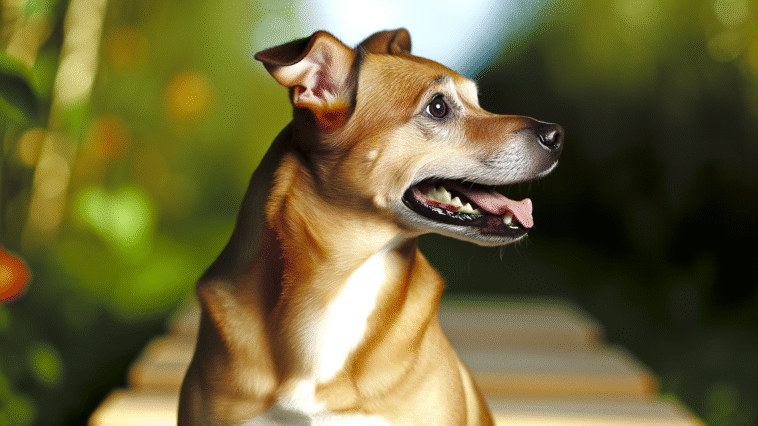Have you ever wondered what it means when your furry friend shows their teeth? As a certified dog trainer with over a decade of experience, I’ve encountered this behavior many times in various dogs. It’s essential for every dog owner to understand the reasons behind this gesture and how to respond appropriately. In this article, I’ll delve into the various meanings behind a dog showing their teeth and provide you with practical tips on how to handle this situation.
So, why do dogs show their teeth? In my experience, there are several reasons why a dog may display this behavior. One common interpretation is that they are feeling threatened or fearful. Dogs, like humans, have a fight or flight response, and showing their teeth can be a way to communicate that they are uncomfortable or perceive a threat in their environment. It’s crucial not to ignore this communication from your dog, as it can escalate into more significant issues if not addressed promptly.
Another reason a dog might show their teeth is due to pain or discomfort. Just like humans, dogs can experience physical ailments that cause them distress. When in pain, some dogs may exhibit aggressive behaviors, such as showing their teeth, as a way to protect themselves. As responsible pet owners, it’s essential to monitor your dog’s overall health and behavior and schedule regular vet check-ups to rule out any underlying medical conditions that could be causing them discomfort.
Additionally, dogs may show their teeth as a form of communication or expression. For example, during playtime, some dogs might bare their teeth in a playful manner, accompanied by a wagging tail and relaxed body language. Understanding your dog’s body language and the context in which they are showing their teeth is crucial in deciphering their intentions accurately.
Now that we’ve explored the reasons behind why dogs show their teeth, let’s discuss some tips on how to respond when your furry companion displays this behavior:
1. Remain Calm and Assess the Situation:
When your dog shows their teeth, it’s essential to stay calm and avoid reacting impulsively. Take a moment to assess the situation and consider what might be causing your dog to exhibit this behavior. Are they in an unfamiliar environment? Are there other dogs or people nearby that could be triggering their response? By remaining composed, you can better address the root cause of your dog’s behavior.
2. Give Them Space and Time to Relax:
If your dog is showing their teeth out of fear or discomfort, it’s crucial to give them the space they need to calm down. Avoid approaching them or trying to force interaction. Instead, create a safe and quiet environment where they can relax and decompress. Offer them their favorite toy or treat to help distract and redirect their focus away from whatever is causing them distress.
3. Seek Professional Help if Needed:
If your dog’s teeth showing behavior is persistent or escalates into aggression, it may be time to seek help from a professional dog trainer or behaviorist. These experts can assess your dog’s behavior more comprehensively and provide you with tailored strategies to address and modify their reactions effectively. Remember, it’s okay to ask for assistance when dealing with challenging behavior in your furry friend.
In my years of working with dogs, I’ve found that each situation is unique, and understanding the underlying reasons behind a dog showing their teeth is key to addressing the behavior constructively. By staying attuned to your dog’s body language, providing a safe and nurturing environment, and seeking professional guidance when necessary, you can navigate this common canine behavior with confidence and compassion.
Have you ever encountered a situation where your dog showed their teeth? How did you handle it? Share your experiences in the comments below!





